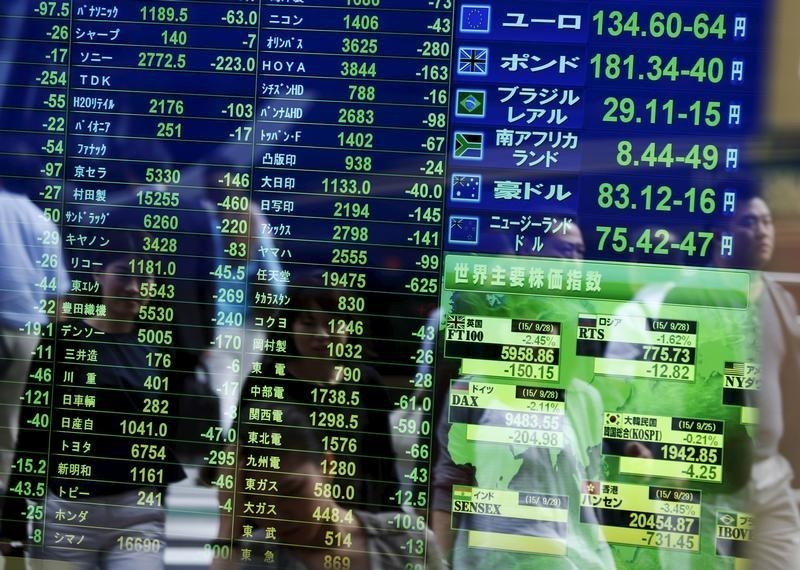According to official data, from June 2018 to June 2023, the decline in this market segment was 36%. “We are now faced with a situation where fewer Australians and their families are receiving group superannuation insurance, - said ASFA CEO Mary Delahunty. - This is due to legislative restrictions introduced in 2019, which have created a situation where many Australians, including young people, do not have insurance coverage. However, the almost complete lack of insurance for people under 25 years of age is an alarming situation that can have widespread negative consequences.”
There are three components to the Australian pension system. The first, a public component, consists of a tax-financed pension that provides the basis of the benefit. The second component is the core of the Australian superannuation system, which consists of an individual funded pension based on service. The third component includes funds or retirement savings accounts.
State pension
The Australian public pension system is non-contributory and is funded by general tax revenue. The pension is provided in the form of benefits for men and women over 65 years of age.
The pension benefit for two weeks is 670.90 Australian dollars (295 thousand tenge) for one person and $505.70 (149 thousand tenge at the National Bank rate) for each spouse.
Labor Pensions
In 1992, Australia introduced a mandatory superannuation contribution requirement for all workers over 17 and under 70. This is a defined contribution and requires a minimum superannuation contribution to the fund.
There are a variety of superannuation funds around the country, including industry funds and retail funds that are offered to the public by financial service providers.
Personal pension
Pension savings accounts are the funded part of pension and offer the possibility of small contributions, but, like labor pension, are taxable.
Photos are from open sources.





